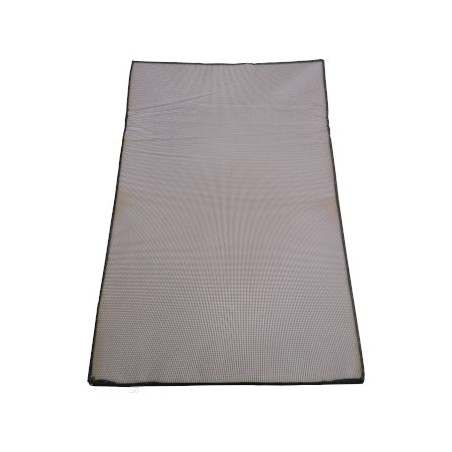The analysis was conducted by the Center for Animal Health and Food Safety, College of Veterinary Medicine, University of Minnesota (OIE collaborating center on capacity building) and the Universidad Complutense de Madrid, Spain (OIE reference laboratory for ASF).
Results suggest the mean risk of ASF virus introduction into the US in this way has increased 183 percent, compared to the risk estimated before the disease spread into China, East Asia, and Western Europe in 2018 and 2019.

Results also suggest it is likely (mean probability ~ 1) ASF virus is currently reaching US airports in air passengers’ luggage, prior to customs inspection, which is consistent with the detection of ASF virus in seized pork in a number of Australian and Asian airports. Likely, the risk decreases substantially after customs inspection. Most of the risk (greater than 50 percent) was associated with flights originated from China and Hong Kong, followed by the Russian Federation (27 percent).
Data showed risk was highest in summer and five airports account for greater than 90 percent of the risk:
- Newark, New Jersey
- George Bush, Houston, Texas
- Los Angeles, California
- John F. Kennedy, New York, New York
- San Jose, California
Results suggest the risk for ASF virus introduction into the US via smuggling of pork in air passengers’ luggage has dramatically increased in 2018 and 2019, compared to previous years. This data will help to inform surveillance strategies for the disease in the US, with the ultimate objective of preventing, or mitigating the impact of a hypothetical ASF virus incursion into the country.
Monday April 1, 2019/ University of Minnesota/ United States.
https://umnswinenews.com







